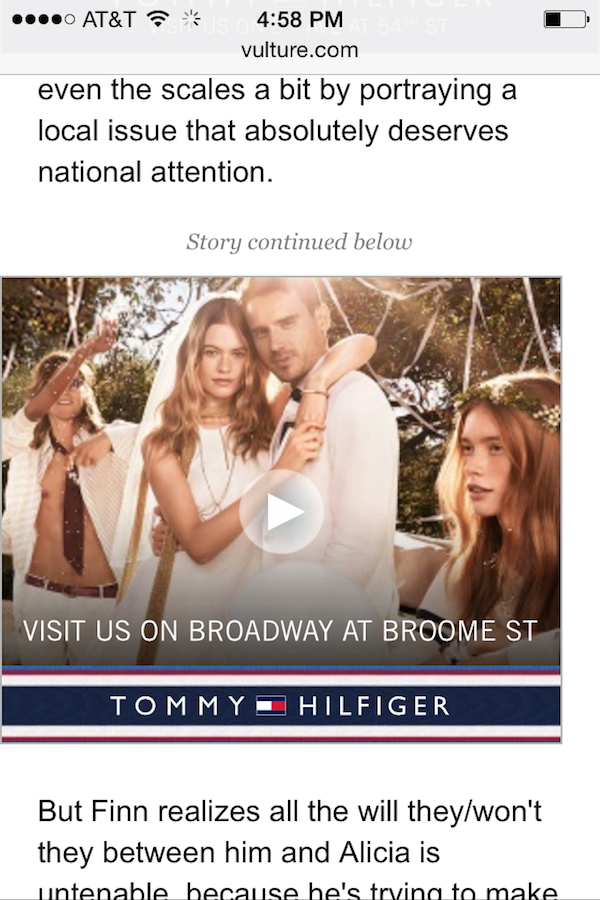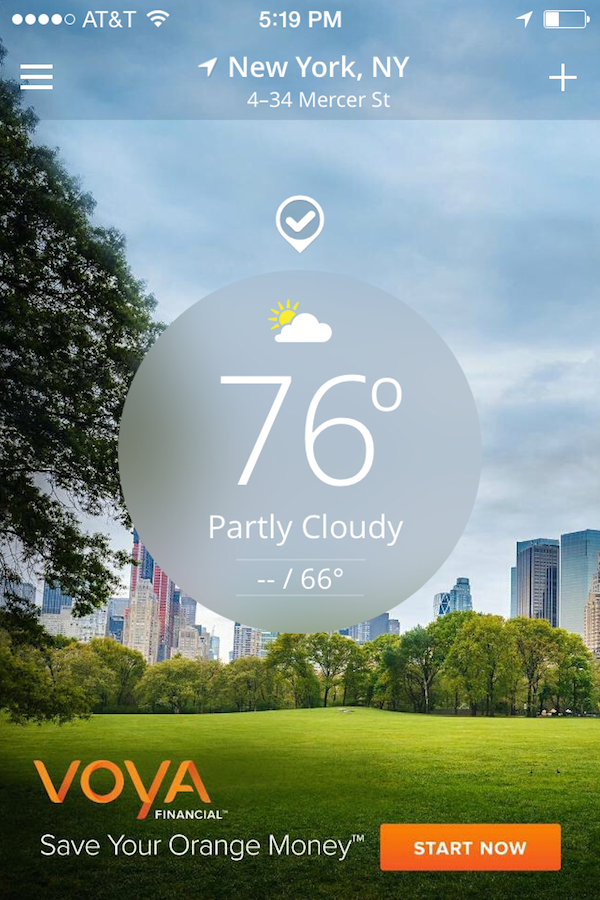
Many publishers have passed the tipping point on mobile, with more of their digital audience now coming to them on smartphones and tablets than desktop. But mobile ads are still fraught with pricing and user-experience problems, of both the publishers’ and agencies’ making. The supply of inventory has far outstripped demand, resulting in cheap ads — and because they’re so cheap, many agencies aren’t bothering to redesign them for the small screen, instead just repurposing desktop banners. Publishers are to blame, too, for ads that intrude on (or, worse, confuse) the reader. And many still hold out out on optimizing their sites for mobile, forcing readers to pinch and zoom.
Still, it’s not all bad news. We asked agencies to tell us which content publishers are actually doing mobile ads well. Here’s what they said:
Selina Petosa, founding principal and executive creative director, Rational Interaction
With the limited real estate on mobile, it’s important for publishers to leverage shareable video and images rather than making the site too text-heavy. BuzzFeed is video- and image-driven — and so are its ads. As users scroll through BuzzFeed’s content, they’re served sponsored posts that mirror BuzzFeed’s highly shareable editorial content. The integration of ads on BuzzFeed’s mobile site feels natural for users and adds value to their experience since the sponsored posts have great content.

Mashable, too, does an excellent job of incorporating ads that feel natural to the user. On Mashable, the ad unit size is the same as the content, so it doesn’t create a jarring experience for the visitor. If BuzzFeed’s and Mashable’s mobile platforms serve as a model for other publishers, gone are the days of the banner ad.
Derek Lu, senior strategist, The Media Kitchen
ESPN’s new redesign is a home run. The ad space to content is extremely well balanced. Since the redesign, pages do not load the ad until it’s in the viewable window. On New York magazine, mobile pages are built with platform capabilities in mind — scroll, swipe, etc. — and ads benefit as well. The balance of content to ad space is also spot-on.

Jeremy Tate, vp, group director, media, Digitas
From my vantage point, it’s those publishers who have found that balance between high impact and an integrated feel without negatively disrupting the user experience with units like overlays that may be somewhat more acceptable on desktop. One such publisher that comes to mind is The Weather Company and its development of “native” ads that are noticeable, yet feel like a natural part of their app experience and are targeted in a relevant way based on the user.

Kirk Allen, co-founder and COO of Reshift Media
It’s a real struggle to find a publisher who’s doing a good job. The traffic is there, the desire to stand out is there from brands, but publishers are still tied to the traditional desktop ad units. Although Facebook may not be your average publisher, they get our vote. Their mobile ads appear right in the newsfeed as part of the content well, are clearly indicated as ads and are part of the user experience.
Image courtesy of BuzzFeed.
More in Media

From sidelines to spotlight: Esports events are putting creators center stage
Esports events’ embrace of content creators reflects advertisers’ changing priorities across both gaming and the wider culture. In the past, marketers viewed esports as one of the best ways to reach gamers. In 2025, brands are instead prioritizing creators in their outreach to audiences across demographics and interest areas, including gaming.

Condé Nast and Hearst strike Amazon AI licensing deals for Rufus
Condé Nast and Hearst have joined the New York Times in signing a licensing deal with Amazon for its AI-powered shopping assistant Rufus.

Media Briefing: AI payouts may be entering a new era
AI compensation is evolving — and new models, not just publisher demands, are driving the shift beyond flat-fee licensing.





